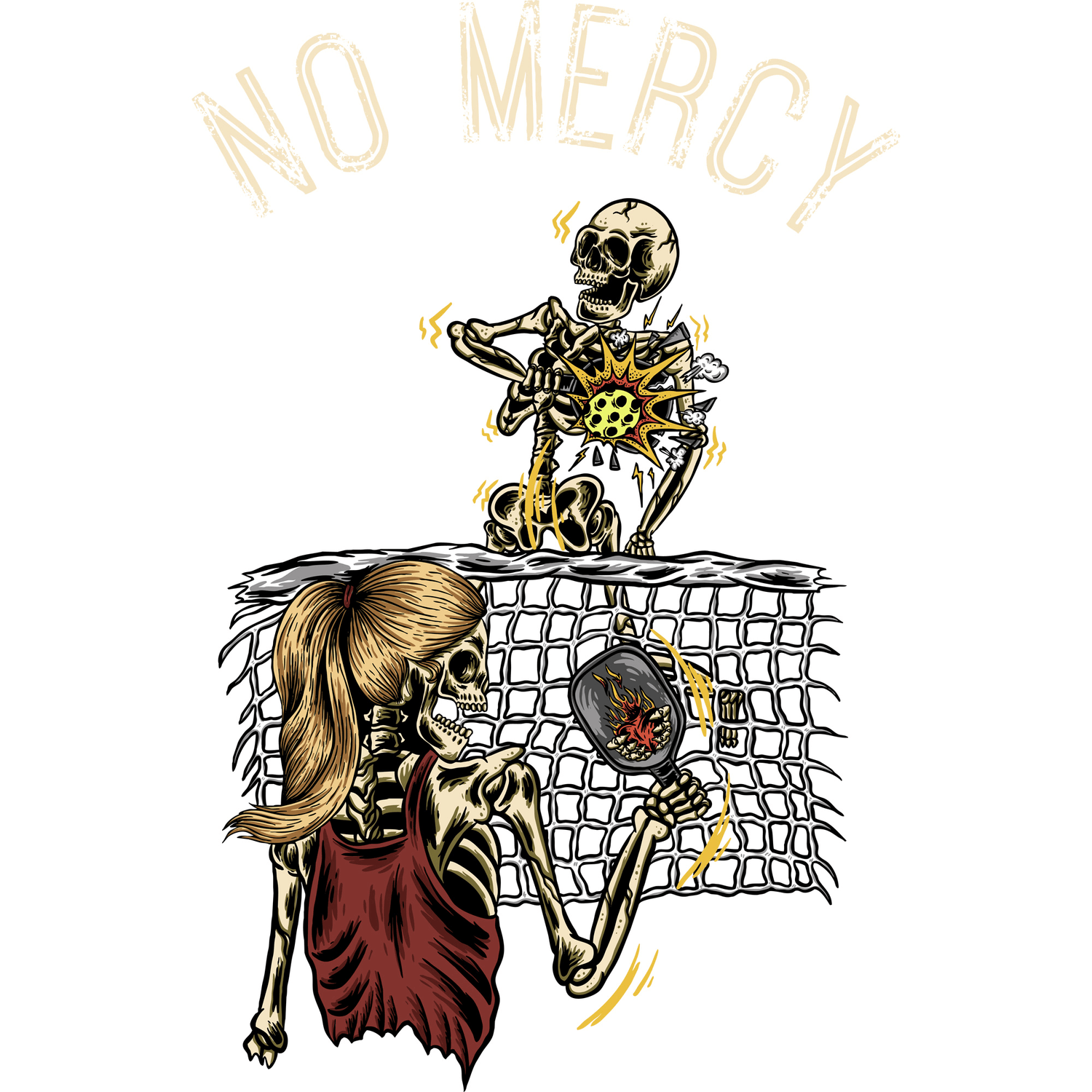Congratulations, you’re the proud owner of a young Arbutus unedo, the magnificent Strawberry Tree! This charming evergreen is a garden superstar, known for its beautiful bark, bell-shaped flowers, and unique, edible fruits that appear at the same time. It’s a four-season wonder that brings character and wildlife to any landscape. While the Arbutus unedo is famously tough and resilient once established, its younger years are a bit like its teenage phase—a little awkward and more vulnerable to trouble.
Protecting your young tree from pests and diseases is crucial for helping it grow into the strong, majestic specimen you envision. But don't worry, this isn't a high-maintenance horror story. With a bit of proactive care and know-how, you can easily fend off the most common issues. This guide will give you the expert tips you need to become your Strawberry Tree's personal bodyguard, ensuring it thrives for decades to come.
The Golden Rule: Prevention is Your Superpower
The best way to deal with pests and diseases is to stop them from showing up in the first place. A healthy, happy tree is naturally more resistant to problems. Think of it like this: a well-rested, well-fed person is less likely to catch a cold. The same principle applies to your plants. For excellent Arbutus unedo care, focus on creating an environment where your tree can flourish.
1. Start with the Right Location
Your tree's long-term health begins on planting day. Arbutus unedo craves a spot with full sun and, most importantly, well-draining soil. These trees absolutely despise "wet feet." Soil that stays waterlogged is a welcome mat for root rot, one of the most serious threats to a young Strawberry Tree. Before planting, amend heavy clay soil with compost or other organic matter to improve its drainage.
2. Water Wisely, Not Wildly
Overwatering is one of the most common mistakes gardeners make with young trees. While your Arbutus needs consistent moisture to establish its roots in the first year, it’s crucial to let the soil dry out slightly between waterings.
- Do: Water deeply and infrequently. Check the soil by sticking your finger a few inches down. If it's dry, it's time to water. If it's still moist, wait a few more days.
- Don't: Water on a strict schedule without checking the soil first. A little "tough love" encourages the roots to grow deeper in search of water, creating a more drought-tolerant and stable tree.
3. Give It Space to Breathe
Good air circulation is a powerful defense against fungal diseases, which thrive in damp, stagnant conditions. When planting your Arbutus, give it plenty of space from other plants and structures. This allows air to flow freely through its branches, drying off the leaves quickly after rain or morning dew and making it a less inviting home for fungal spores.
Common Pests and How to Evict Them
While Arbutus unedo is generally pest-resistant, a few troublemakers might try to crash the party on a young, tender tree. Here’s who to look out for and how to send them packing.
Aphids
These tiny, sap-sucking insects love to congregate on new, succulent growth. A small infestation isn't a big deal, but a large one can cause leaves to curl, yellow, and become stunted.
- How to Spot Them: Look for clusters of small, pear-shaped bugs on the undersides of new leaves and stems. You might also notice a sticky residue called "honeydew," which can lead to sooty mold.
- The Fix: Often, a strong blast of water from a hose is enough to dislodge them. For more persistent colonies, spray the affected areas with insecticidal soap. You can also introduce beneficial insects like ladybugs, which are natural aphid predators.
Thrips
Thrips are tiny, slender insects that feed by scraping the surface of leaves and sucking out the contents. Their damage appears as stippling, silvery patches, or distorted leaf growth.
- How to Spot Them: They are hard to see with the naked eye. Shake a branch over a white piece of paper; if you see tiny black specks moving around, you likely have thrips.
- The Fix: Similar to aphids, insecticidal soap is effective. Pruning and disposing of heavily infested leaves can also help control their population. Keeping the area around your tree free of weeds reduces their habitat.
Common Diseases and How to Defeat Them
Fungal diseases are the most likely culprits to bother a young Strawberry Tree, especially if conditions are too wet.
Phytophthora Root Rot
This is the most serious threat to an Arbutus unedo and is almost always caused by poor drainage and overwatering. This water mold fungus attacks the roots, causing them to rot and preventing the tree from absorbing water and nutrients.
- How to Spot It: Symptoms above ground include wilting, yellowing leaves, and branch dieback, even when the soil is wet. The tree will look like it's thirsty when it's actually drowning.
- The Fix: Prevention is the only real cure. If you suspect root rot, reduce watering immediately and improve drainage if possible. Applying a fungicide specifically for Phytophthora can sometimes help, but a severely infected tree may not be salvageable. This highlights why choosing the right planting spot is so critical.
Leaf Spot Diseases (Anthracnose)
Various fungi can cause spots to appear on the leaves. These spots might be brown, black, or purplish and can sometimes cause leaves to drop prematurely.
- How to Spot It: Look for distinct, often circular, spots on the leaves.
- The Fix: Leaf spot is usually a cosmetic issue and rarely threatens the life of the tree. The best course of action is to improve air circulation through selective pruning. Rake up and destroy fallen leaves in the autumn to reduce the number of fungal spores that can overwinter. Fungicide applications are generally not necessary.
The Power of Starting from Seed
The journey to a strong, resilient Arbutus unedo begins long before it faces its first aphid. Growing your own tree from seed gives you unparalleled control over its health from the very beginning. When you nurture a plant from a tiny seed, you can ensure it develops a robust, natural root system without the risk of becoming root-bound in a nursery pot. This strong foundation is the ultimate defense against wind, drought, and disease.
The process of watching a seed sprout and grow into a beautiful tree is also one of gardening's greatest joys. The connection you build with a plant you've raised yourself is truly special. Plus, the abundance of seedlings you can grow from a single packet of seeds makes for wonderful and personal gardening gift ideas for fellow plant lovers.
Start Your Strawberry Tree Journey with RND Seeds
To grow the healthiest tree, you need to start with the best possible seeds. RND offers high-quality Arbutus Unedo (Strawberry Tree) Seeds, selected for their excellent viability. Starting with premium seeds gives you the best chance of cultivating a thriving, disease-resistant tree that will grace your garden for years to come. Whether you want to grow a single specimen or a beautiful, fruiting hedge, RND provides the foundation for your success.
Ready to cultivate your own four-season superstar?
Explore the RND Seed Collection Now






